A recent study discovered that the roving coral grouper employs a form of sign language in communicating with other predators in the area and share information about its prey. This fish is a known predator in the reef ecosystem and the study now reveals amazing insight on this behavior referred to by scientists as “referential gestures.” In the animal kingdom this type of behavior was only seen before in ravens and the great apes.
The findings were revealed by a team of three biologists studying a group of predators on the hunt. Coral groupers and their hunting companions were observed in the wild for a total of 187 hours. They researchers conducted their field observations in reef systems in Egypt and Australia.
Specific signs
The coral grouper alerts its partner hunters to an object that they are mutually interested in using very specific movements. Evidently, the species has a means of informing other hunters in the area where their prey hides. It is the first fish species to exhibit the phenomenon. Biologists from the University of Neuchatel (Switzerland) and England’s Cambridge University reported their findings in the journal, “Nature Communications.” The results of the study were published on Tuesday.
The hunting party
Groupers are reef predators that roam the warm seas. They have heavy bodies colored green or brown, though some species are patterned and with bold colors. They have large mouths and they prefer discrete areas of the open water. There are many species of groupers and many attain large sizes up to two meters or six feet. The grouper could weigh around 225 kilos or 500 pounds.
In this groundbreaking study, the coral grouper (Plectropomus pessuliferus marisrubri), the Napoleon wrasse (Chelinus undulates), and the giant moray eel (Gymnothorax javanicus) were observed to exhibit cooperative behavior in their quest of prey. Each species of fish employs its own technique while on the hunt. The coral grouper goes into a burst of speed in order to catch preys in open water. The moray eel follows small fishes into crevices and traps them there. The wrasse has the singular ability to suck out its diner from holes due to its very powerful and extendable jaws which it also uses to smash the reef.
Body language
The researchers observed a couple of signaling behaviors from the grouper fish. The first one is a form of a body shake or a “high frequency shimmy” according to the biologists who interpreted this as an invitation to the moray eel to join in on the hunt. The second behavior is a headstand with the grouper’s head down and its body oriented vertically. This referential gesture is believed to indicate to the wrasse or the moray where the prey was last seen or where it is currently hiding.
A total of 34 headstands were recorded by the researchers. In 31 out of 34 cases the moray or wrasse immediately went to the specific location marked by the grouper. In five out of the 31 instances, the prey was captured successfully.


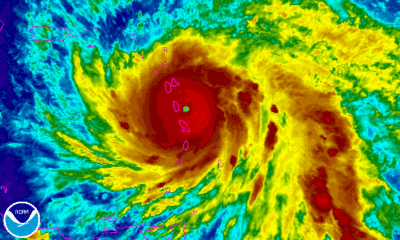
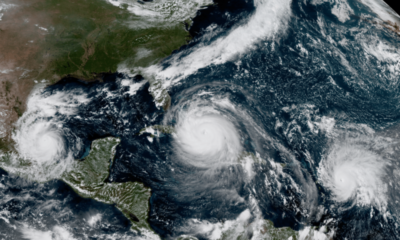
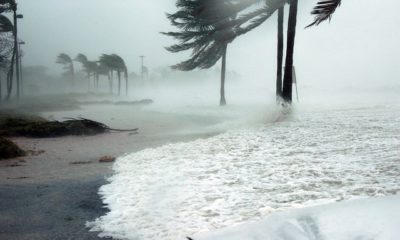
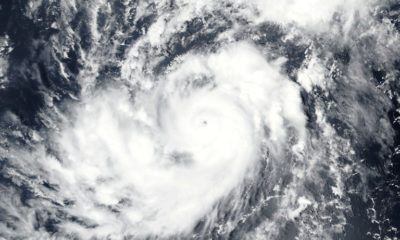

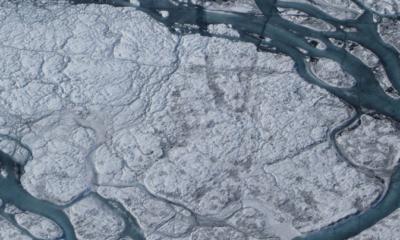
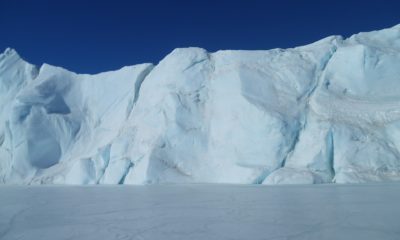
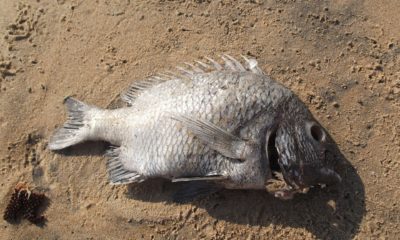





Facebook
Twitter
Pinterest
Google+
LinkedIn
Email